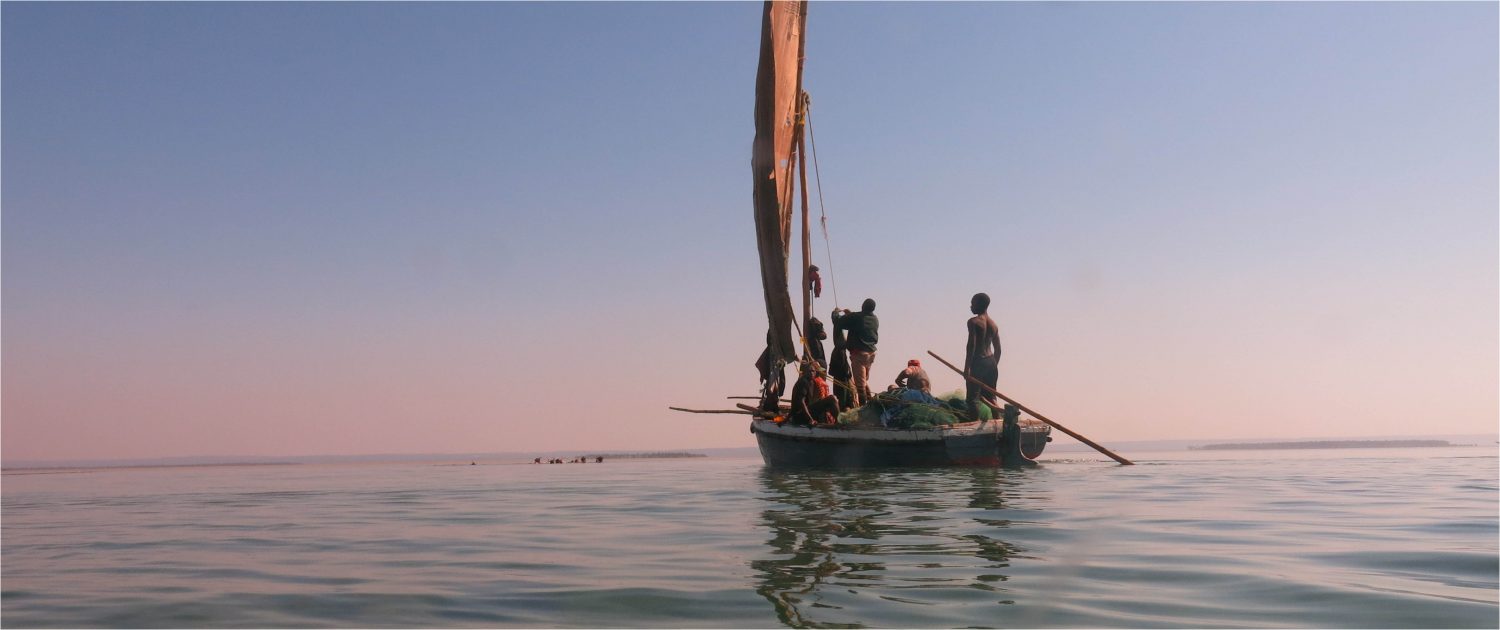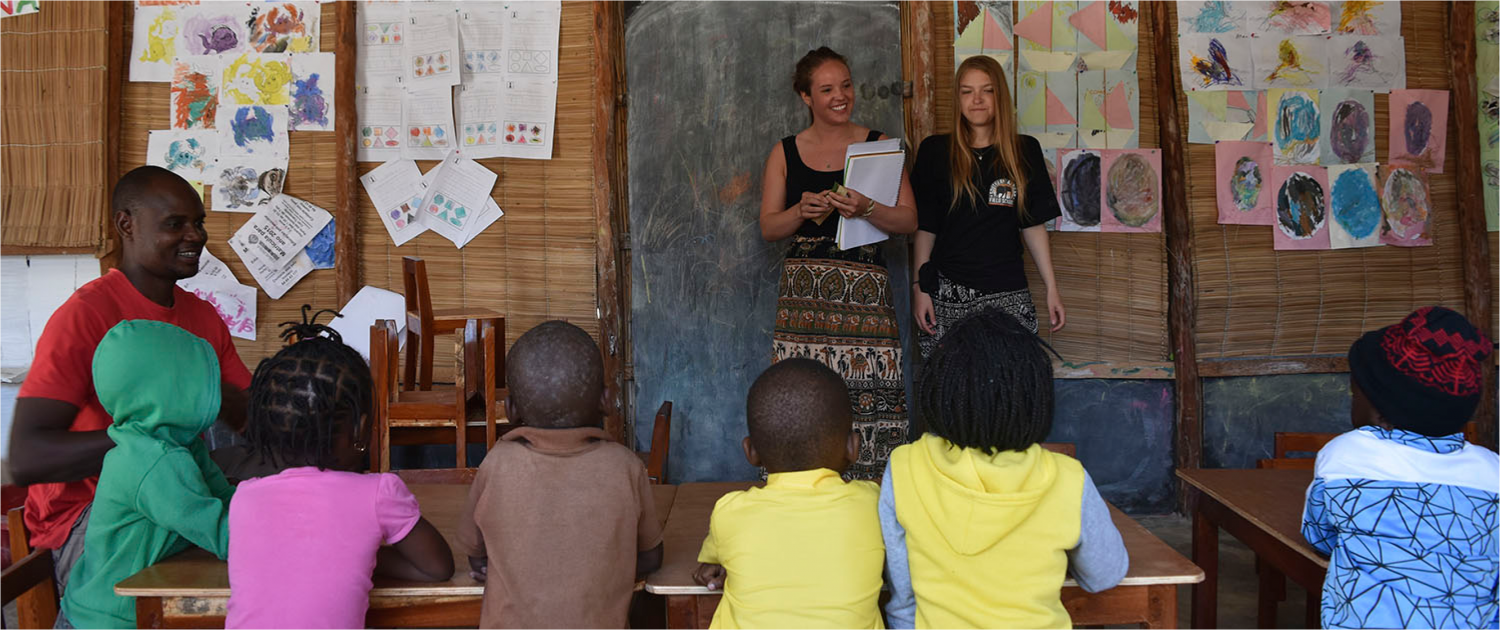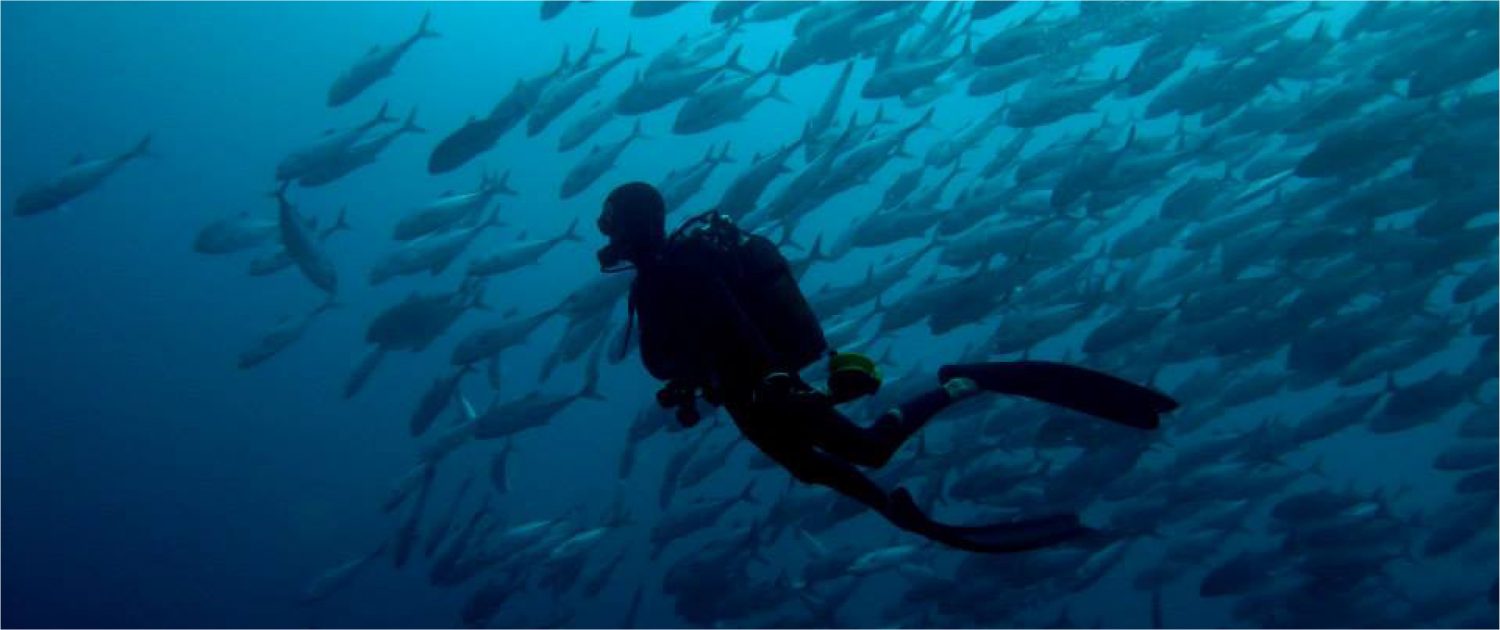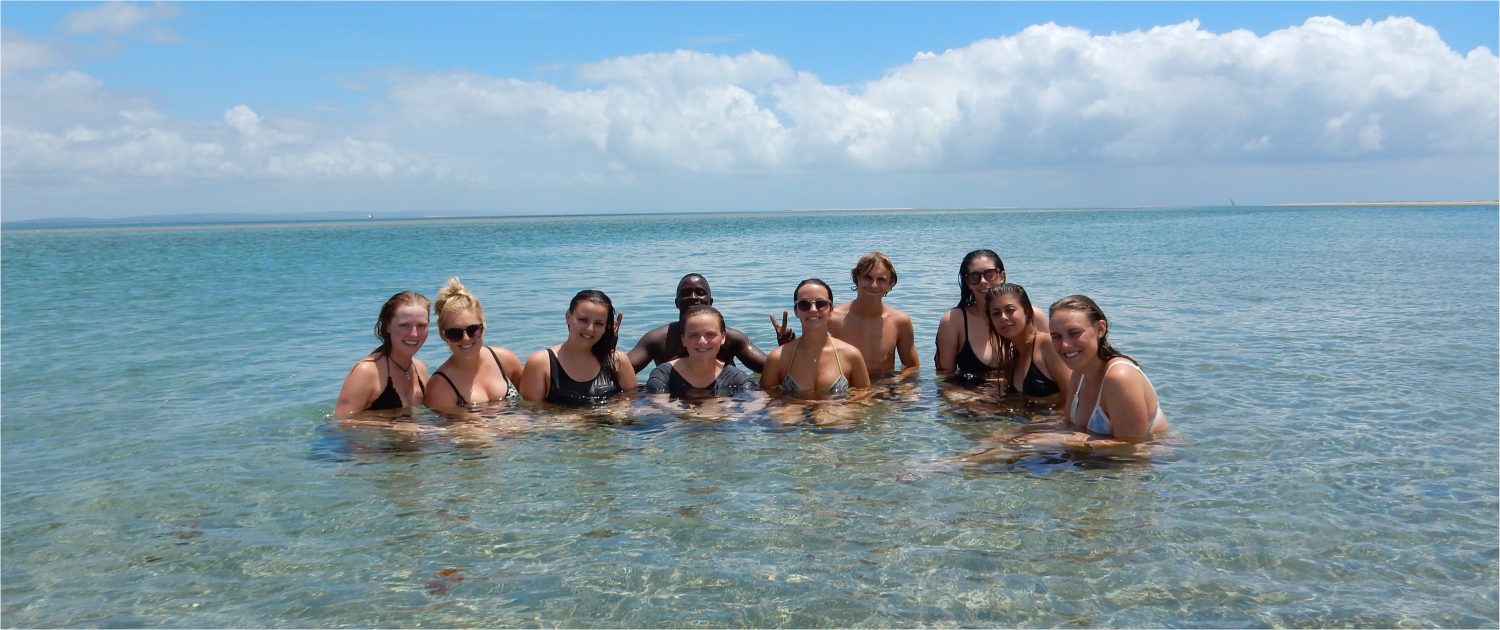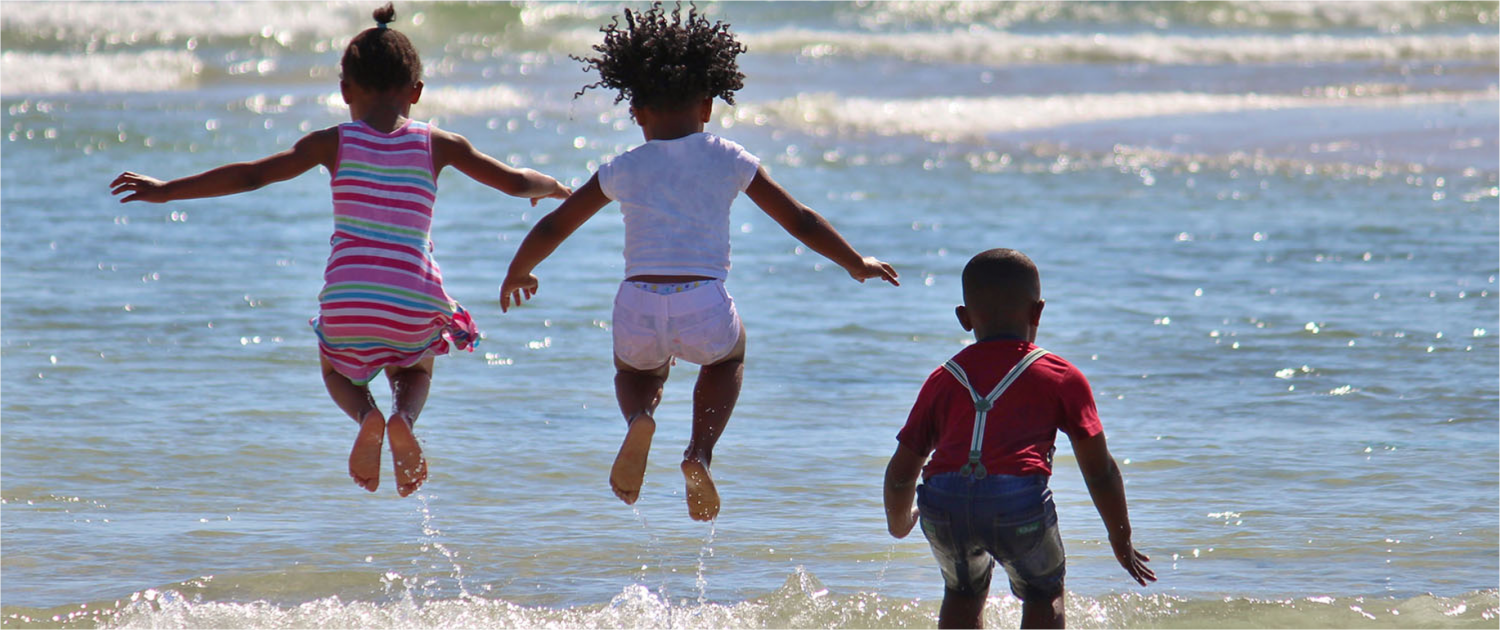FAST FACTS
| Mozambique | |
| 801,590 sq km | |
| Tropical to subtropical | |
| 22,894,000 (2009 estimate) | |
| Indigenous tribal groups 98% (Shangaan, Chokwe, Manyika, Sena, Makua, and others), remaining 2% consist of White Africans, Euro-Africans, Indians and Europeans. | |
| Christian 56.1%, Muslim 17.9%, Other 7.3%, none 18.7% (2007) | |
| Maputo | |
| Metical |
Mozambique is a large country in Southeast Africa bordered by the Indian Ocean to the east, Tanzania to the north, Malawi and Zambia to the northwest, Zimbabwe to the west, and Swaziland and South Africa to the southwest.
For almost two decades during the 1970’s and 80’s, many of its attractions were inaccessible as a result of a civil war which crippled the country and halted all development. Now the dark times are very much in the past, and Mozambique is emerging as one of Africa’s rising stars, with an upbeat atmosphere, overflowing markets and a spectacular 2500km coastline waiting to be discovered. Sunshine, blue skies and temperatures averaging between 24°C and 35°C along the coast are the norm.
Mozambique is most famous for its palm-fringed coastline and blue waters full of unique and diverse wildlife. This makes it a world class destination for diving and for boat based safari activities. It is one of the few places in the world you can swim with whale sharks, the world’s largest fish! You can observe the Humpback Whale annual migration, if you’re lucky and see these majestic animals breaching the water! Other amazing marine megafauna present include dolphins, turtles, manta rays, star fish, seahorses, and an abundance of colourful fish and coral reef.
FUN FACTS
- In 1994, Mozambique held its first multiparty elections
- Mozambique takes up a large portion of the south-eastern coast of Africa
- Mozambique’s main exports are sugar, cashew nuts and tobacco
- Mozambique is divided into ten provinces
- Mozambique’s capital is Maputo
The staple food of Mozambique is a maize porridge and meat or vegetable stew, but seafood is popular and abundant along the coast

